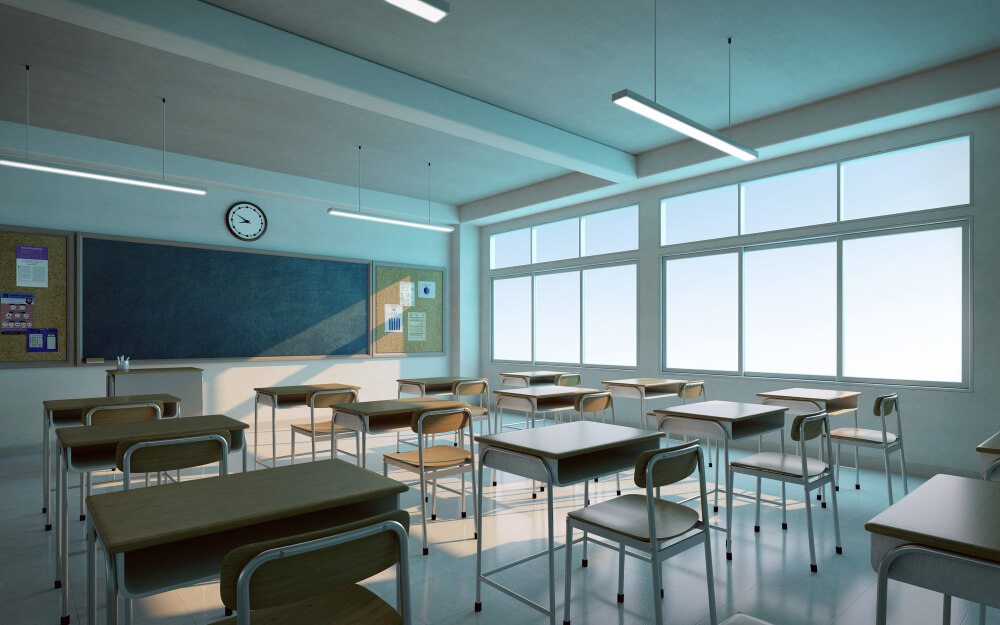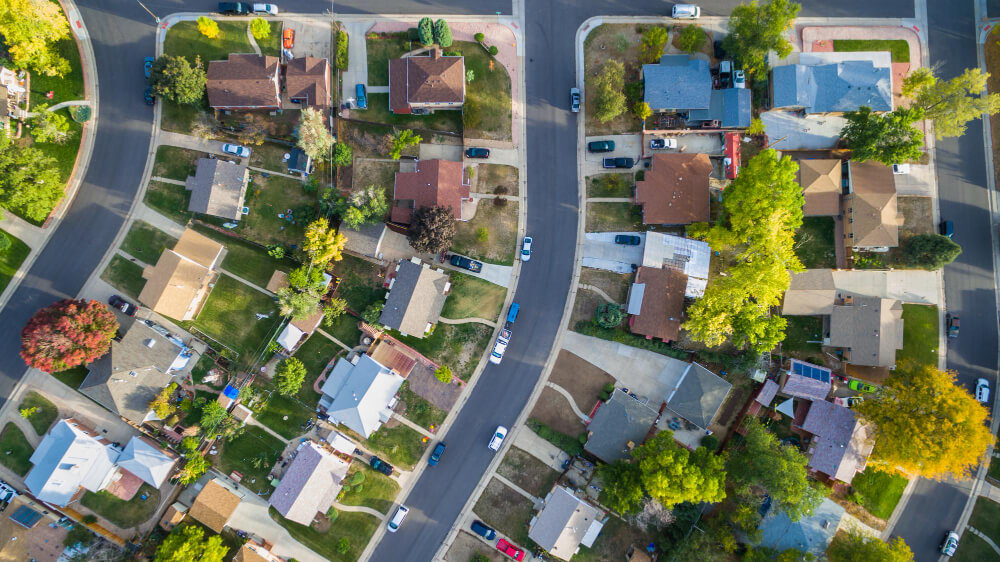In the world of real estate, the adage “location, location, location” remains as relevant as ever. Whether you are in the market for a new home, considering an investment in rental property, or planning to sell in the future, comprehending the factors that affect property values in a neighborhood is paramount. In this blog post, the team at Abbey & Olivier will delve into the key aspects to consider when evaluating a neighborhood’s impact on property values.
Safety and Security
First and foremost, safety and security are two of the most important aspects of any property. Potential buyers and renters are willing to pay a premium for properties in safe neighborhoods, often making it a priority. Areas with low crime rates, well-lit streets, and a visible police presence can all contribute to a sense of security that powerfully appeals to prospective residents, thus enhancing property values.
Quality of Educational Institutions
Next on the list is the quality of nearby schools, this being particularly influential for buyers with families. The presence of highly-rated public schools or access to reputable private schools can markedly enhance property values. Even if you do not have school-age children, the quality of nearby schools can still significantly impact your property’s desirability.

Proximity to Amenities
The convenience of nearby amenities plays an active role in neighborhood desirability. Consider the proximity of grocery stores, shopping centers, healthcare facilities, parks, and recreational areas. The more amenities that are easily accessible, the more appealing the neighborhood becomes to potential residents.
Public Transportation and Commute Times
Access to efficient public transportation or access to major highways and employment centers can have a substantial impact on property values. A neighborhood with a shorter commute to work or easy access to public transportation is likely to command higher prices.
Local Real Estate Market Trends
To make well-informed decisions, it is crucial to research the historical and current property values in the neighborhood. Is the area experiencing growth and rising property values, or is it in decline? Understanding the market trends will empower you to navigate your real estate investment journey with confidence.
Neighborhood Aesthetics
The overall appearance of a neighborhood matters, too. Factors such as well-maintained streets, attractive landscaping, and a clean, inviting atmosphere can boost property values. Conversely, areas with neglected properties, graffiti, and litter may experience lower values.

Future Development and Zoning
Looking into the neighborhood’s potential for future growth and development is a wise move. Check with local authorities for zoning and development plans, for this can give you a glimpse of what is to come. Proximity to upcoming infrastructure projects, new businesses, or revitalization efforts can positively impact property values.
Community and Neighborhood Associations
Active community or neighborhood associations can contribute to a sense of community and neighborhood pride. They may also help maintain property values by enforcing neighborhood standards and addressing common concerns.
Diversity and Culture
The cultural and demographic diversity of a neighborhood can be an appealing factor for many people. A wonderful blend of cultural influences, events, and activities can add a rich tapestry of value to a community.
Summary
The location of a property is a fundamental determinant of its value. Evaluating a neighborhood’s impact on property values involves assessing factors like safety, schools, amenities, transportation, market trends, aesthetics, future development, community involvement, and cultural diversity.
By considering these aspects, you can make informed decisions when buying or selling real estate, ensuring that your chosen location aligns with your goals and preferences. Remember, a wise real estate investment starts with choosing the right neighborhood.
